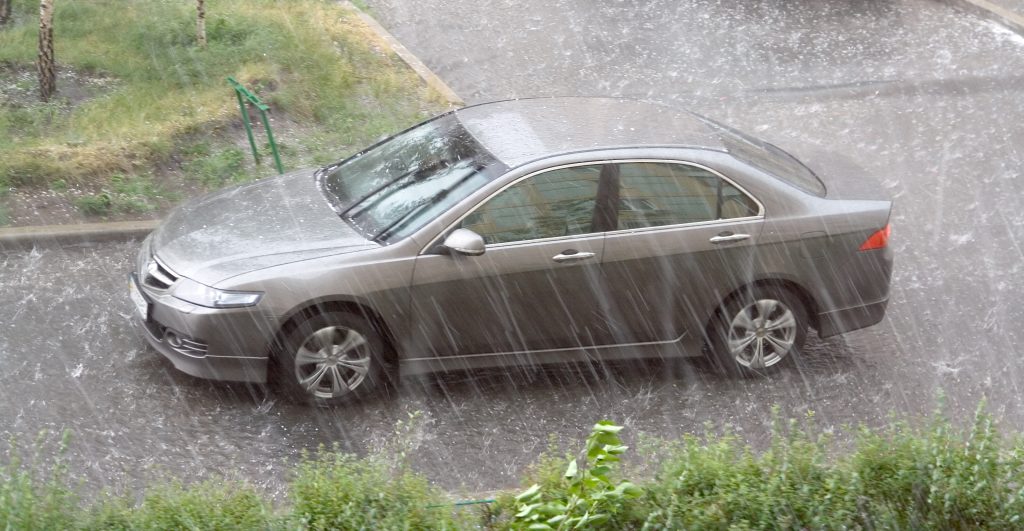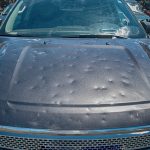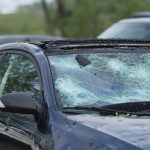Hailstorms can cause significant damage to your vehicle, leaving you with concerns about repair costs and the impact on your car’s value. One of the first questions many vehicle owners have after a hailstorm is whether their auto insurance policy covers hail damage. Understanding your insurance coverage is crucial to ensuring you’re protected against the financial burden that hail damage can cause. In this blog post, we’ll explore what you need to know about hail damage insurance coverage, what to look for in your policy, and steps to take if your vehicle is damaged by hail.
What Is Comprehensive Coverage?
To determine if your insurance policy covers hail damage, you’ll need to check if you have comprehensive coverage. Comprehensive coverage is a type of auto insurance that protects against damage to your vehicle that isn’t caused by a collision. This includes natural disasters, theft, vandalism, and, importantly, hail damage.
Key Features of Comprehensive Coverage:
- Covers Non-Collision Damage: Comprehensive insurance covers a wide range of damage types, including hail, flooding, falling objects, and more.
- Optional but Valuable: While comprehensive coverage is optional, it’s highly recommended, especially in areas prone to severe weather events like hailstorms.
- Deductible Applies: Like most insurance policies, comprehensive coverage typically requires you to pay a deductible before your insurance kicks in. The deductible amount can vary based on your policy.
How to Verify Your Coverage
If you’re unsure whether your current auto insurance policy includes comprehensive coverage, it’s essential to verify this information. Here’s how you can do that:
- Review Your Policy Documents: Check your insurance policy for the term “comprehensive coverage.” This section will outline what is covered and any applicable deductibles.
- Contact Your Insurance Agent: If you can’t find the information in your policy documents, contact your insurance agent or company directly. They can confirm your coverage and answer any questions you may have.
- Check Your Insurance App: Many insurance companies offer mobile apps where you can review your policy details and see what coverage you have in place.
What If You Don’t Have Comprehensive Coverage?
If your insurance policy does not include comprehensive coverage, hail damage repair costs may not be covered by your insurer. In this case, you would need to pay out of pocket for any repairs. Given the potential cost of repairing hail damage, especially in severe cases, adding comprehensive coverage to your policy could be a wise investment.
Filing a Hail Damage Claim
If you determine that your policy includes comprehensive coverage, and your vehicle has been damaged by hail, you can file a claim with your insurance company. Here’s a step-by-step guide to help you through the process:
- Document the Damage: Take clear photos of all the hail damage to your vehicle from multiple angles. This documentation will be important when filing your claim.
- Contact Your Insurance Company: Notify your insurer as soon as possible. They will guide you through the claims process and schedule an inspection with an adjuster.
- Get an Estimate: After the adjuster has inspected the damage, they will provide an estimate for the repair costs. You can then take your vehicle to a repair shop that works with your insurance company.
- Repair Your Vehicle: Once the claim is approved, you can proceed with repairs. Paintless Dent Repair (PDR) is often the preferred method for hail damage as it preserves your vehicle’s original paint and is usually quicker and more cost-effective than traditional repair methods.
Things to Consider When Choosing a Repair Shop
When selecting a repair shop to fix hail damage, it’s important to choose a reputable facility that specializes in Paintless Dent Repair (PDR). Here’s why:
- Preserves Original Paint: PDR allows for dent removal without affecting the original paint, which helps maintain your vehicle’s value.
- Faster and More Affordable: PDR is typically quicker and less expensive than traditional dent repair methods, minimizing your vehicle’s time in the shop.
- Insurance-Preferred: Many insurance companies prefer working with shops that offer PDR due to its cost-effectiveness and quality results.
Conclusion
Understanding your insurance policy and ensuring you have comprehensive coverage is essential for protecting your vehicle against hail damage. By knowing what your policy covers and how to file a claim, you can reduce stress and financial burden in the aftermath of a hailstorm.
If your vehicle has been damaged by hail, in Texas, contact US Hail Repair today. Our expert technicians specialize in Paintless Dent Repair (PDR) and can restore your vehicle to its original condition. We work with all major insurance companies to make the repair process as smooth as possible. Call us at 800-715-2032 or visit our website to learn more and schedule your repair.



